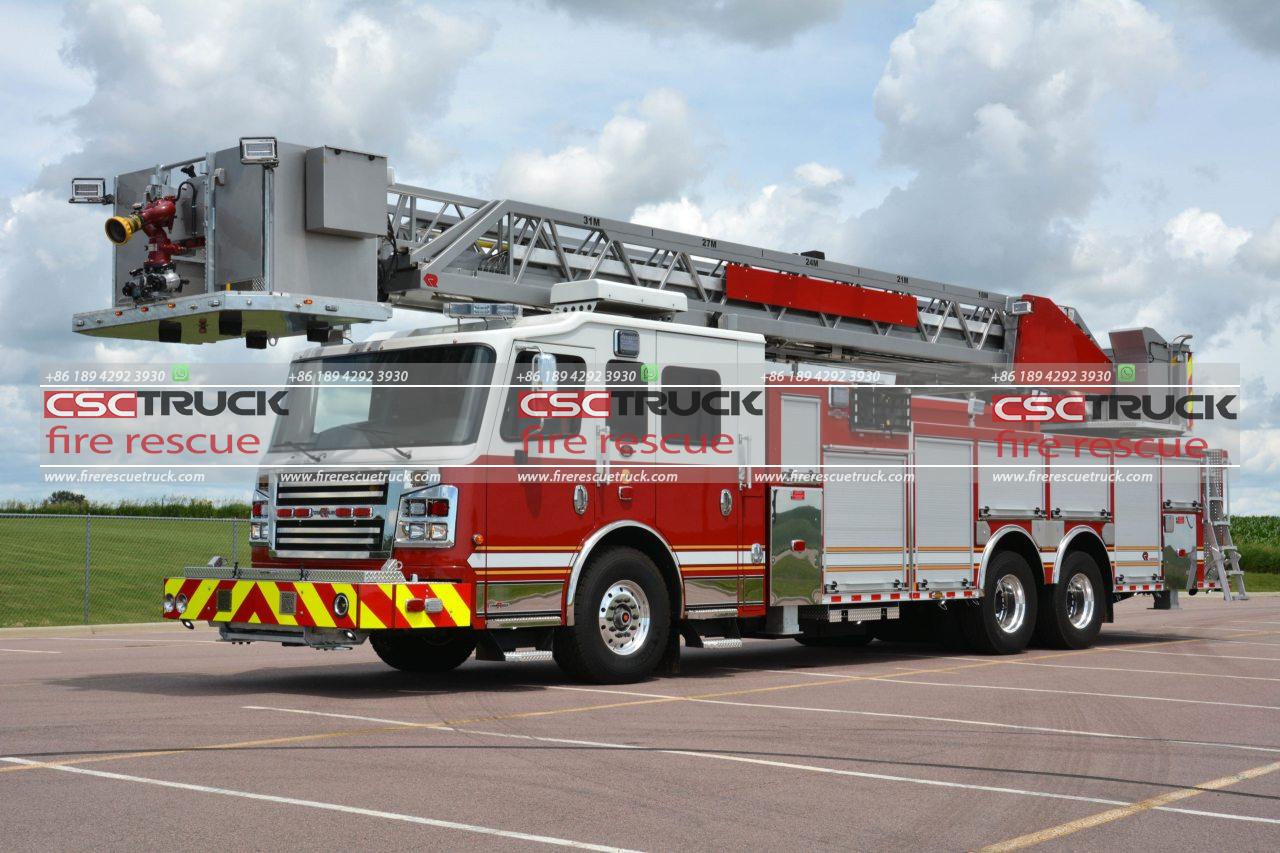Fire trucks, those iconic red vehicles synonymous with emergency response, are equipped with a range of specialized equipment designed to combat fires swiftly and effectively. Among the essential components of a fire truck is its pump system, which plays a crucial role in delivering water or other firefighting agents to extinguish flames. In this article, we delve into the heart of the fire truck to explore the types of pumps commonly found in these indispensable emergency vehicles.
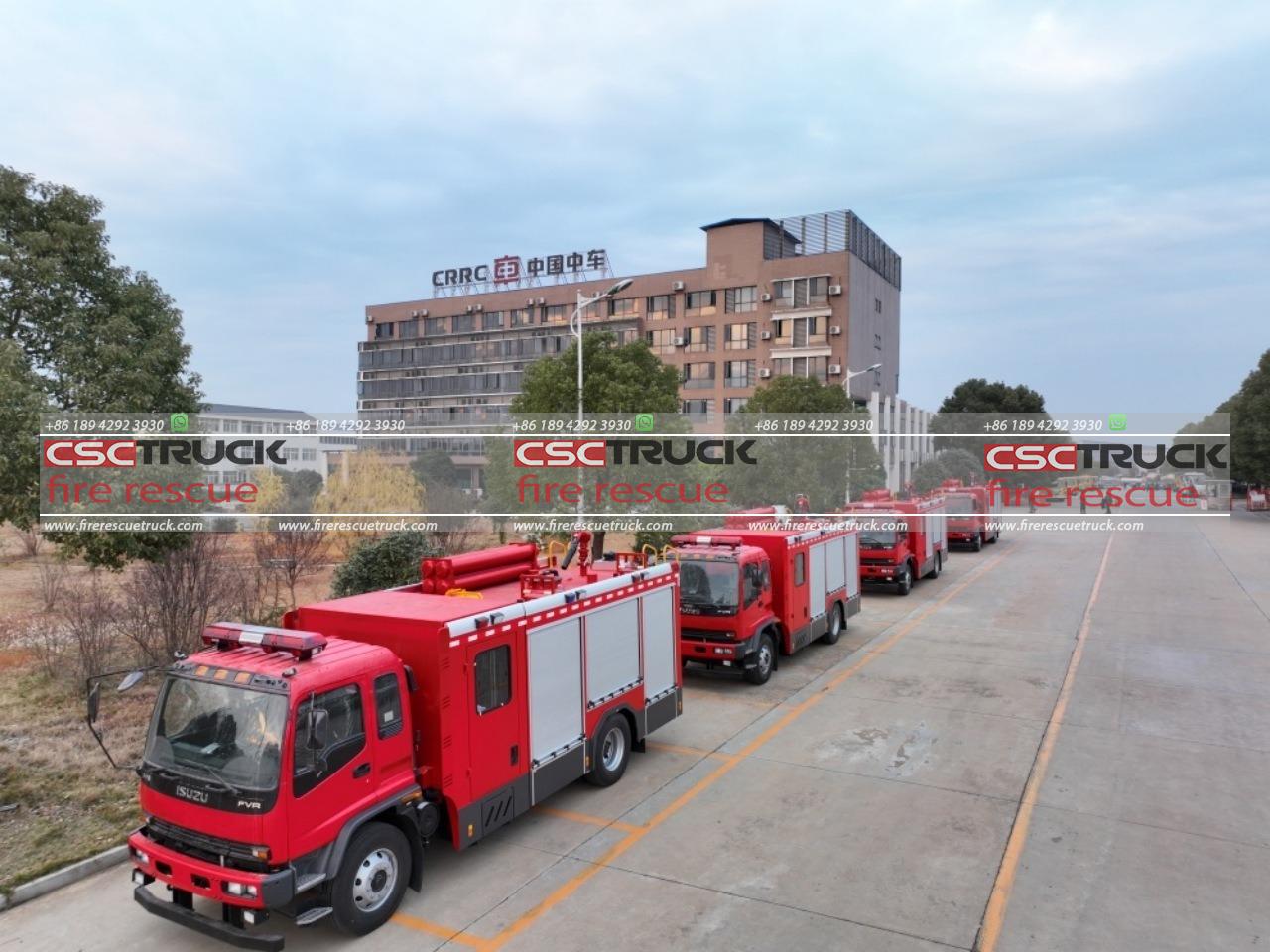
The Role of Pumps in Fire Trucks:
Fire pumps are the lifeline of firefighting operations, enabling firefighters to deliver high-pressure water or foam to douse flames and protect lives and property. These pumps are typically mounted on the fire truck and are powered either by the vehicle’s engine or a separate power source. Their primary function is to draw water from a nearby hydrant, natural source, or onboard tank and discharge it through hoses and nozzles at the desired pressure and flow rate.
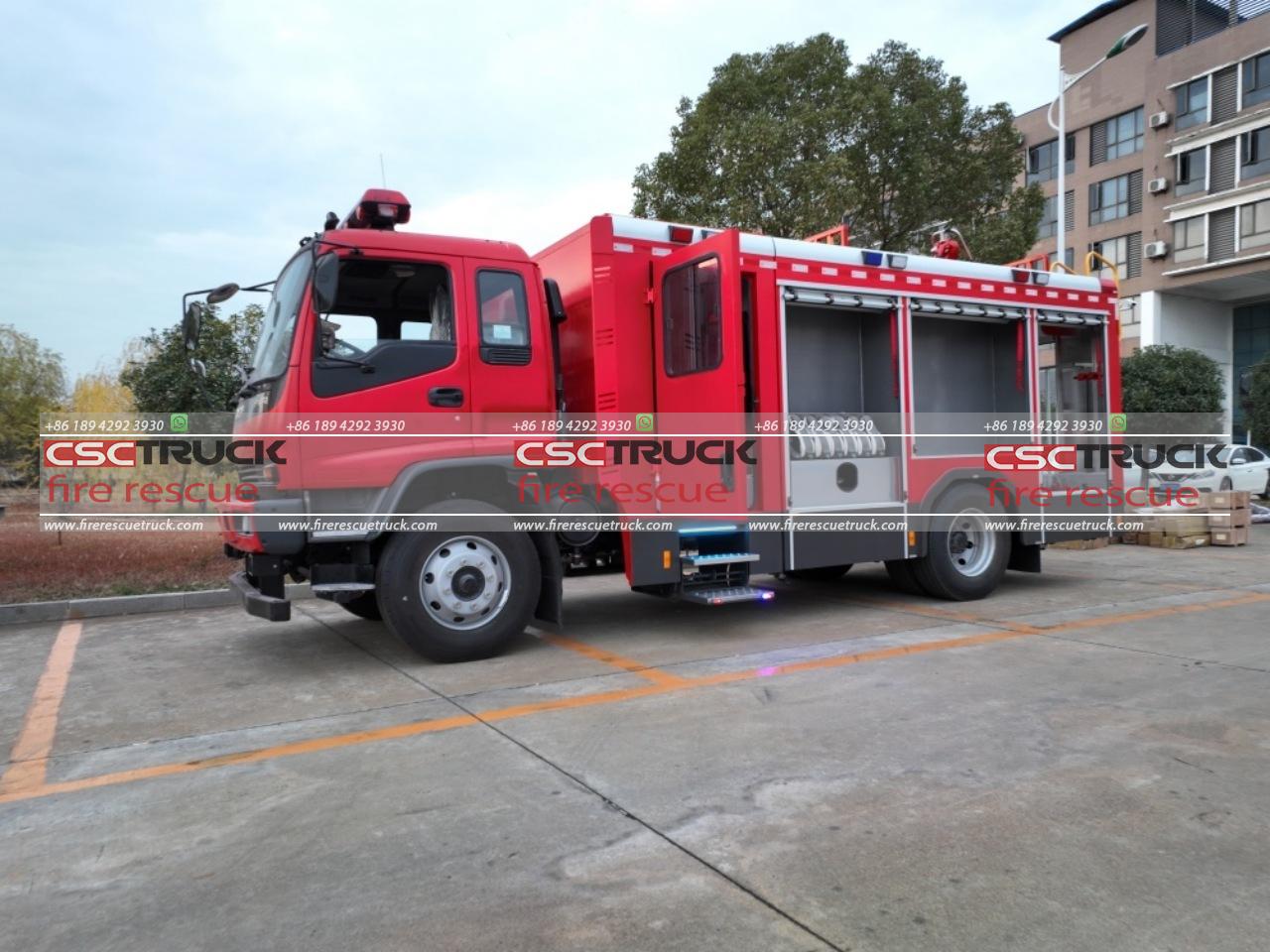
Types of Fire Pumps:
1. Centrifugal Pumps:
Centrifugal pumps are the most common type found in modern fire trucks. They operate by using a rotating impeller to create centrifugal force, which pushes water outward, generating pressure. These pumps are favored for their simplicity, reliability, and ability to produce high flow rates. Centrifugal pumps are well-suited for delivering large volumes of water over long distances, making them ideal for firefighting scenarios where quick and extensive water supply is crucial.
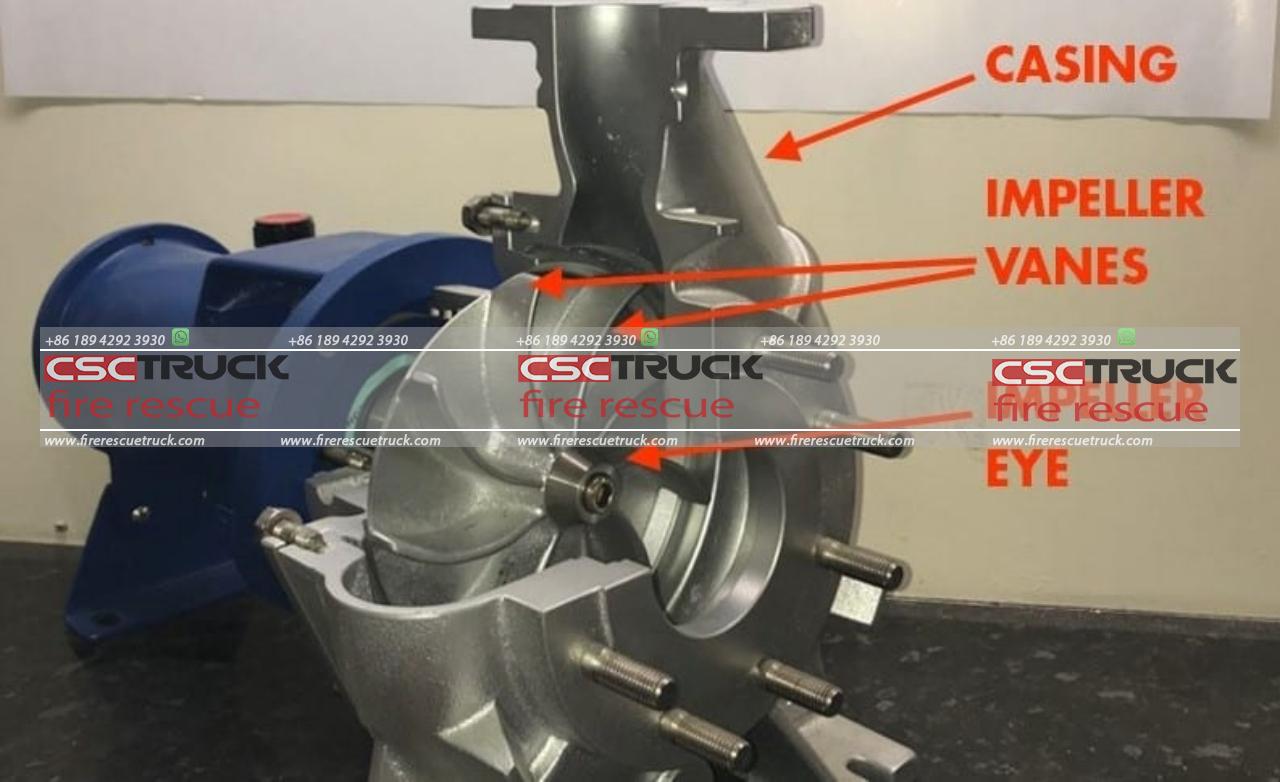
2. Positive Displacement Pumps:
Positive displacement pumps work by trapping a specific volume of water and then forcing it through the discharge outlet. Unlike centrifugal pumps, which rely on kinetic energy, positive displacement pumps deliver a consistent flow regardless of pressure variations. While less common in fire trucks, positive displacement pumps are preferred for applications requiring precise flow control or when pumping thick or viscous fluids such as foam or retardants.
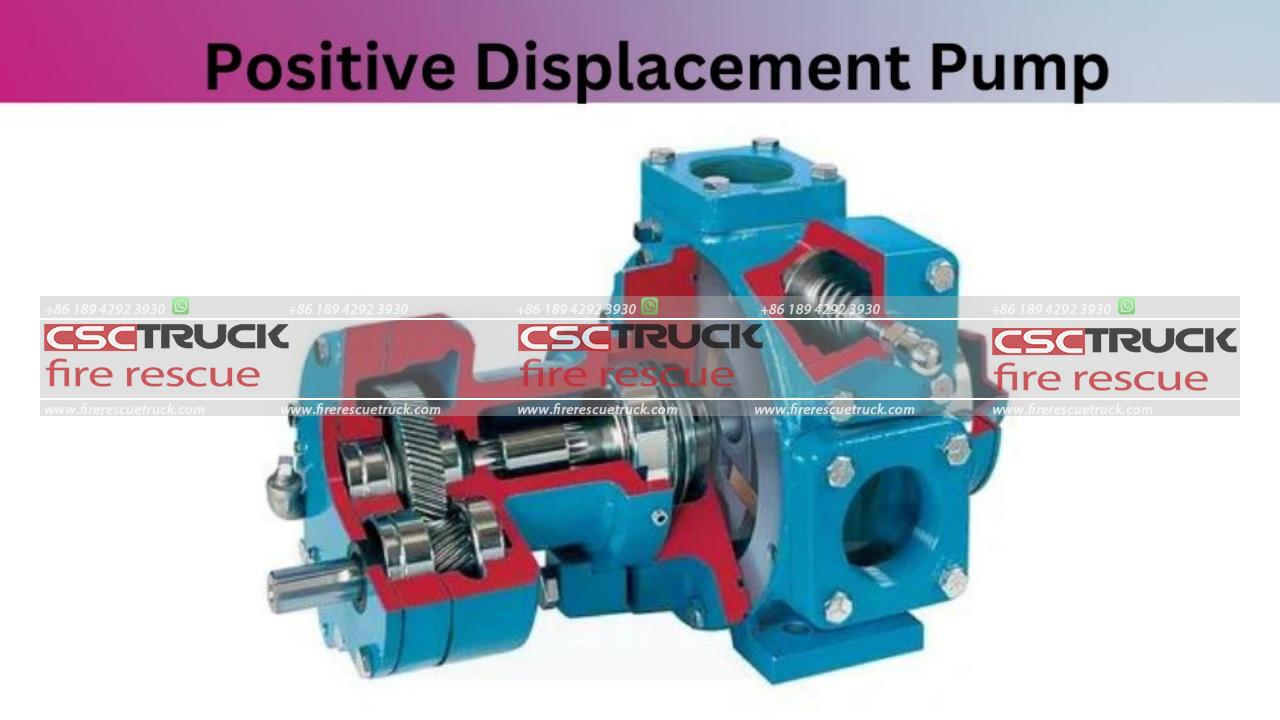
3. Piston Pumps:
Piston pumps, also known as reciprocating pumps, utilize pistons or plungers to pressurize water. These pumps operate by drawing water into a cylinder and then forcing it out through a discharge valve. While piston pumps offer higher pressure capabilities compared to centrifugal pumps, they are generally bulkier and require more maintenance. However, they are valued for their ability to generate high-pressure streams necessary for certain firefighting tasks, such as extinguishing stubborn fires or reaching elevated locations.
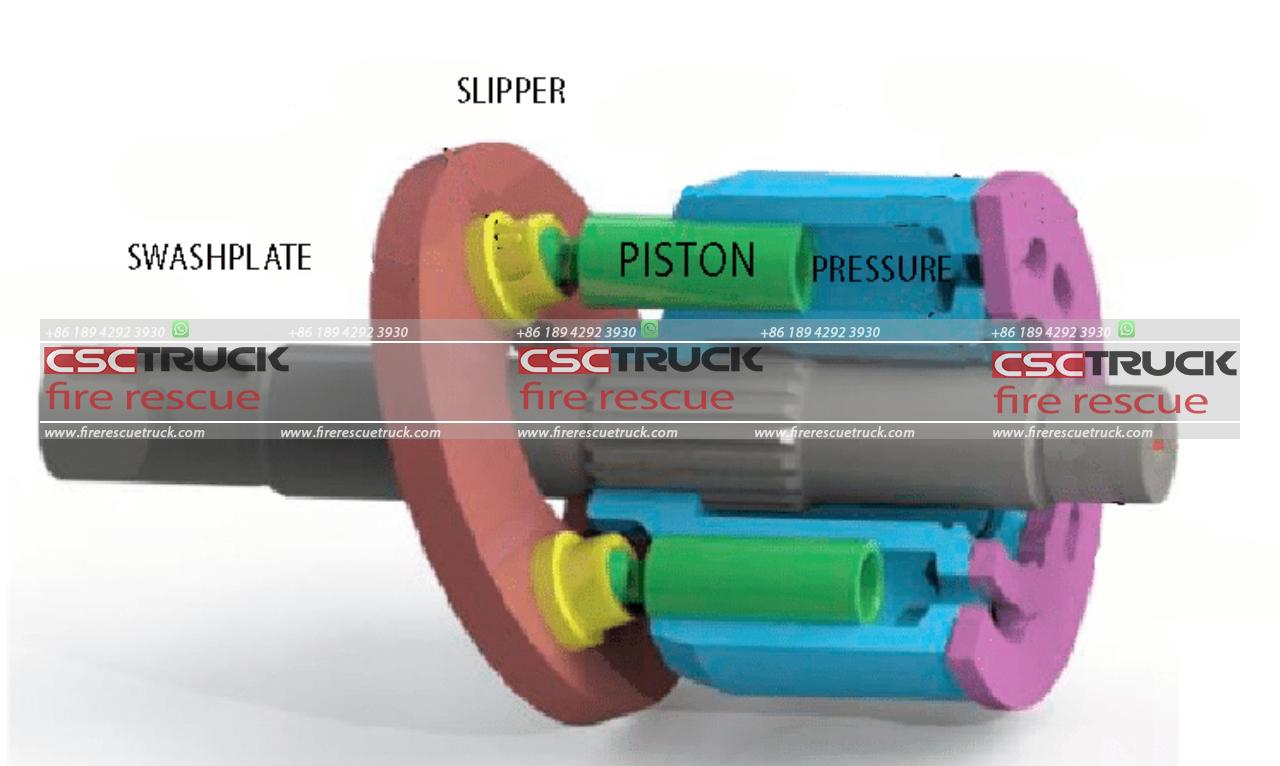
4. Rotary Gear Pumps:
Rotary gear pumps employ rotating gears to move water from the inlet to the outlet. These pumps are compact, efficient, and capable of delivering moderate to high pressures. While not as commonly used in fire trucks as centrifugal pumps, rotary gear pumps are suitable for applications requiring moderate flow rates and pressures, such as supplying water to smaller hose lines or operating auxiliary firefighting equipment.
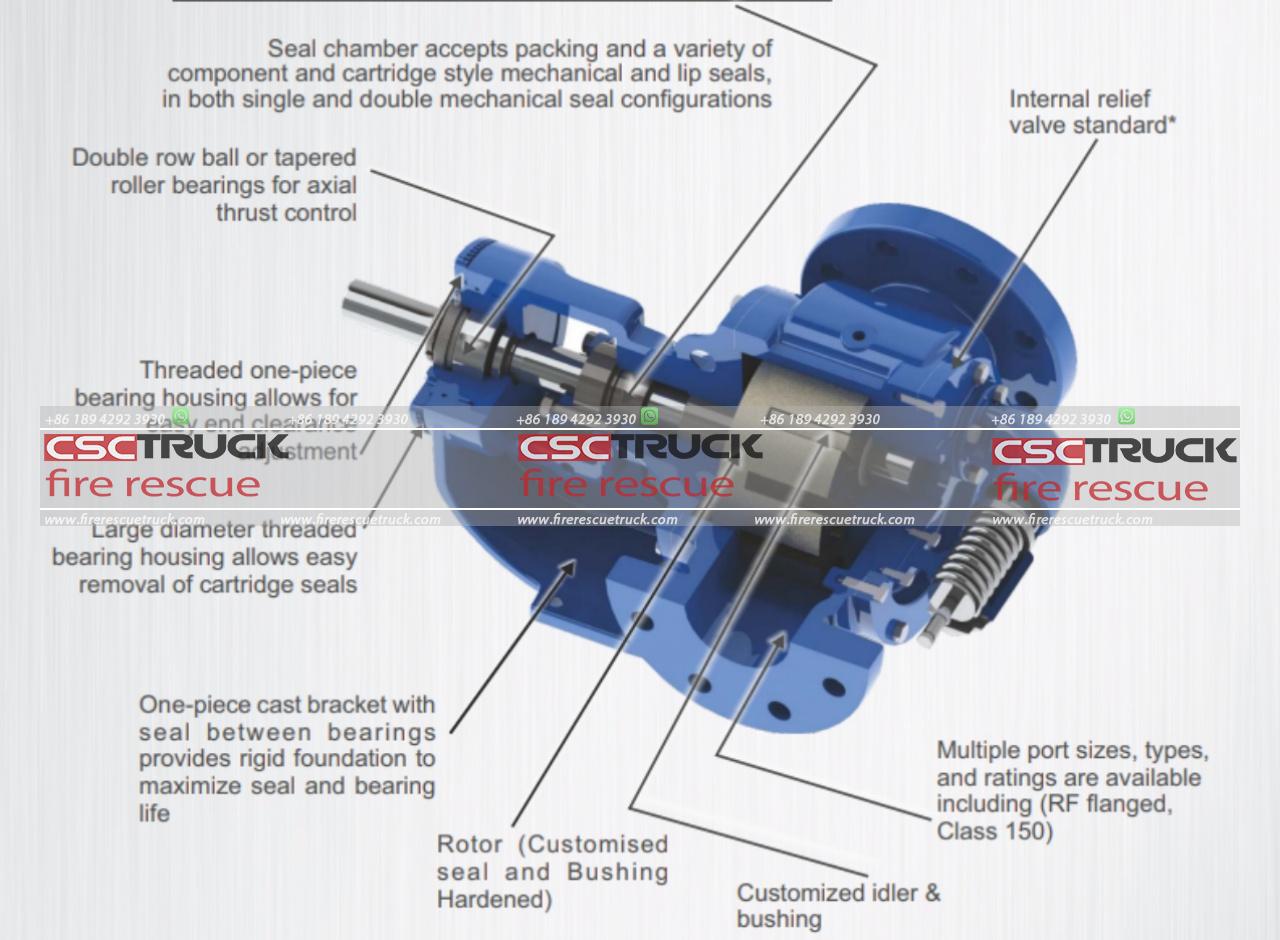
Factors Influencing Pump Selection:
Several factors influence the choice of pump for a particular fire truck, including:
– Flow Rate Requirements: The volume of water needed to combat fires dictates the pump’s capacity effectively.
– Pressure Output: The ability to deliver water at sufficient pressure to reach and extinguish flames.
– Space Constraints: The available space within the fire truck chassis may dictate the size and type of pump that can be installed.
– Budget Considerations: Cost implications play a significant role in pump selection, balancing performance with affordability.
– Operational Needs: Specific firefighting scenarios or departmental preferences may influence pump choices, such as the need for foam capability or specialized features.
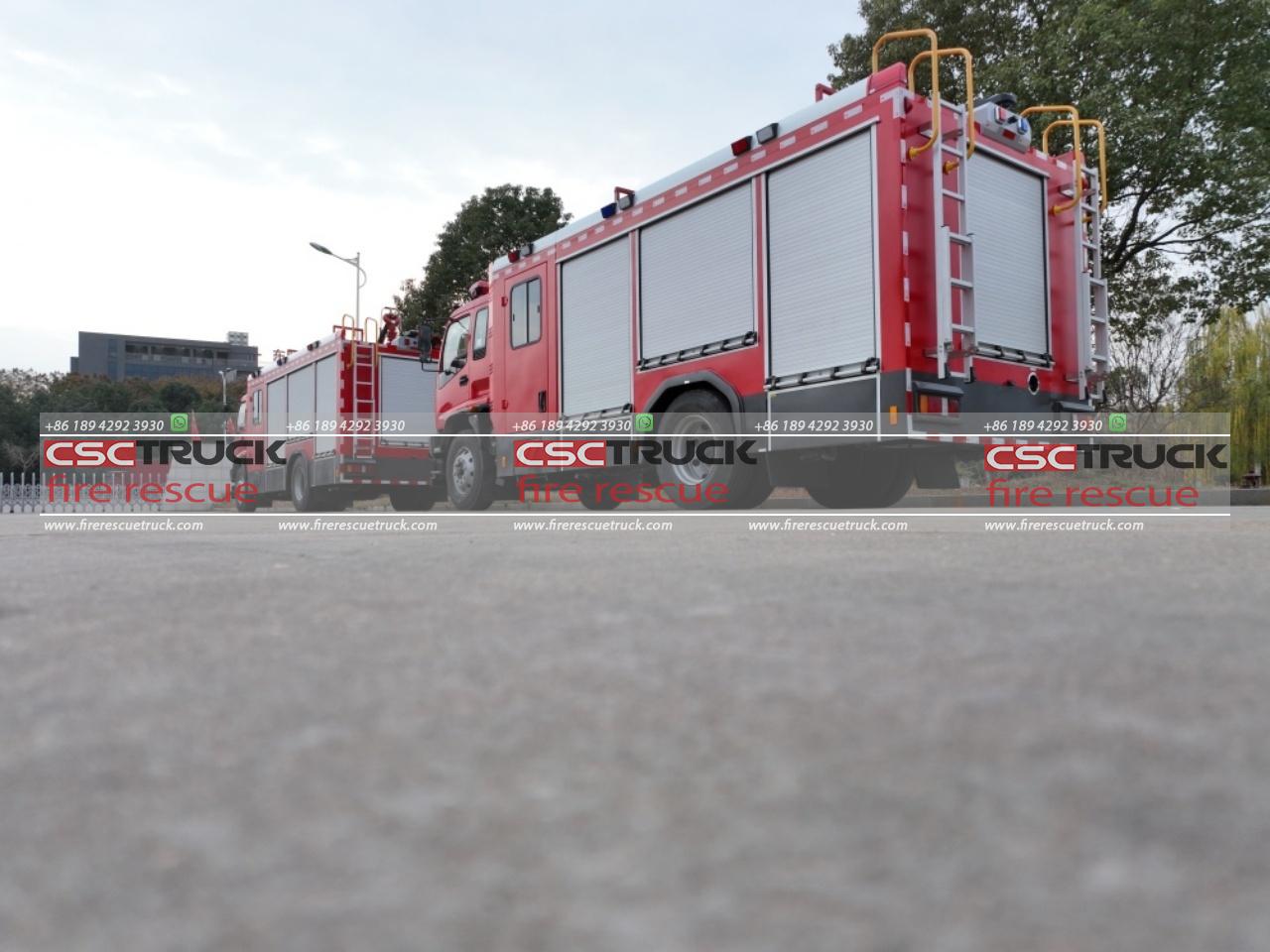
Conclusion:
The pump system is a critical component of any fire truck, enabling firefighters to deliver the necessary water or firefighting agents to extinguish fires swiftly and effectively. From centrifugal pumps offering high flow rates to positive displacement pumps providing precise control, each type of pump has its advantages and applications. By understanding the different types of pumps and their capabilities, fire departments can select the most suitable equipment to ensure their fire trucks are well-equipped to tackle any emergency they may encounter.


